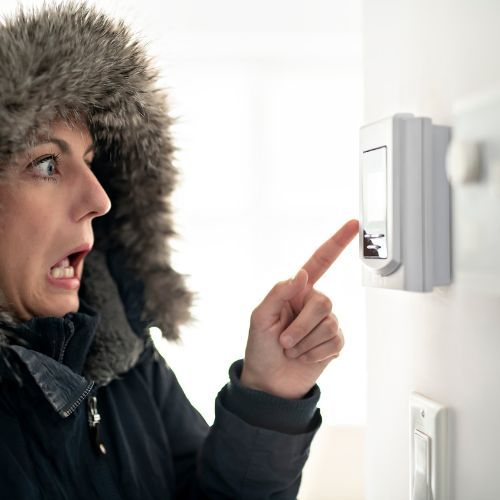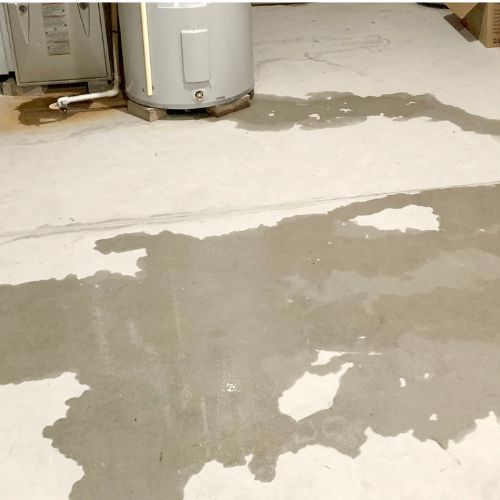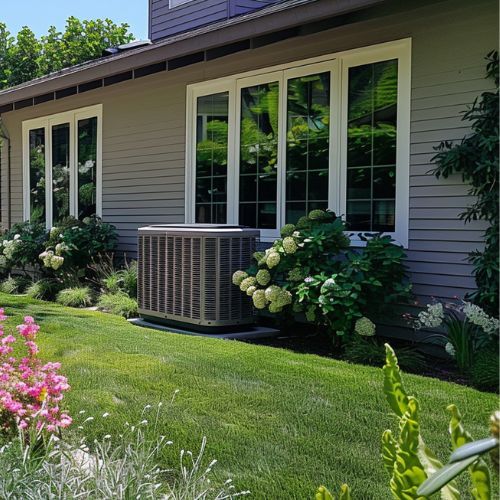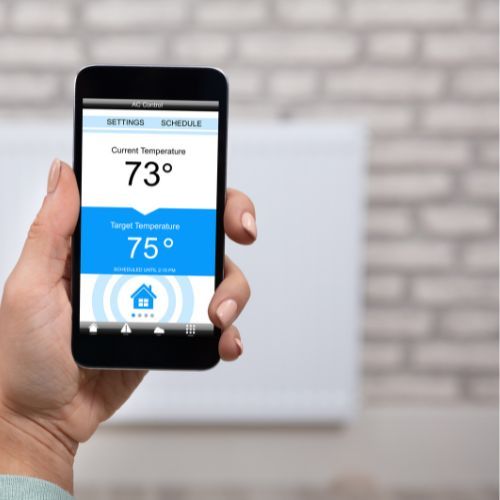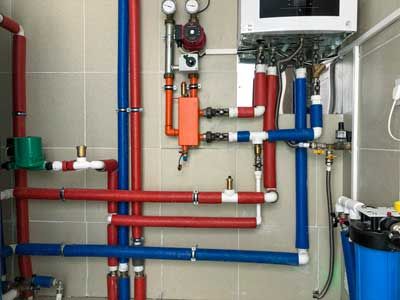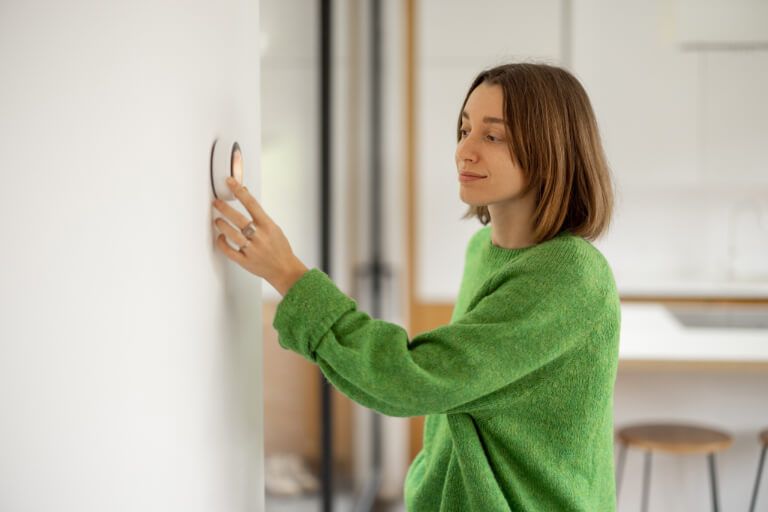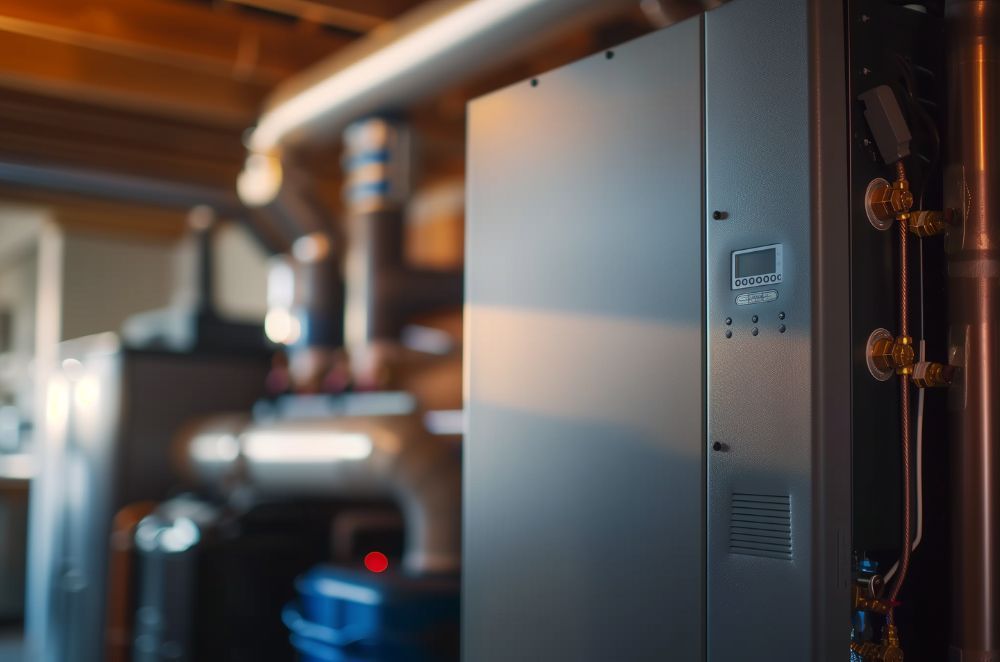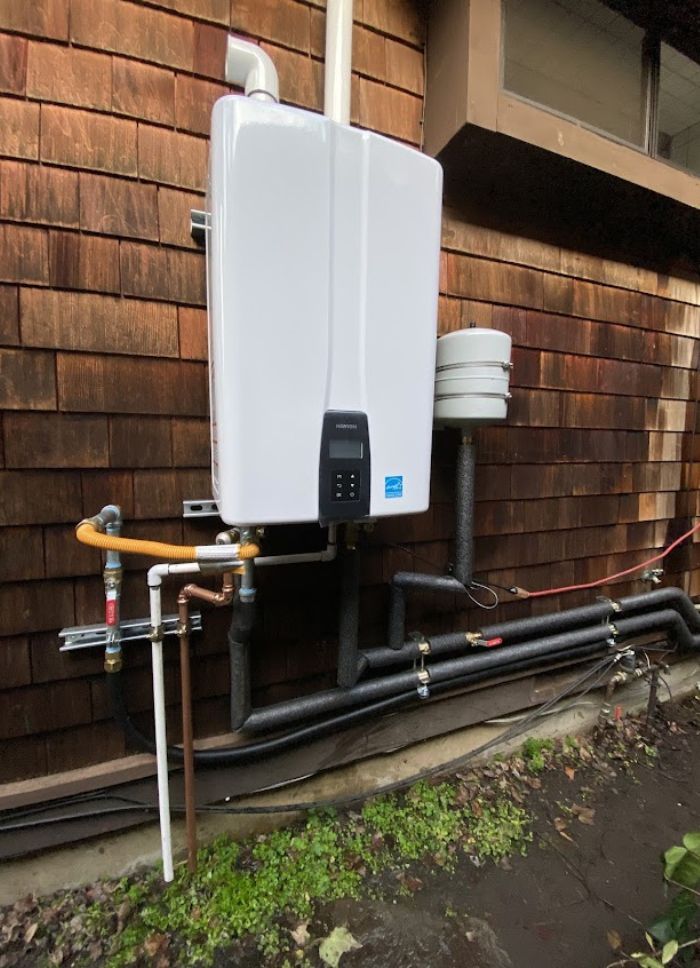How to Reduce HVAC Noise in Your Home
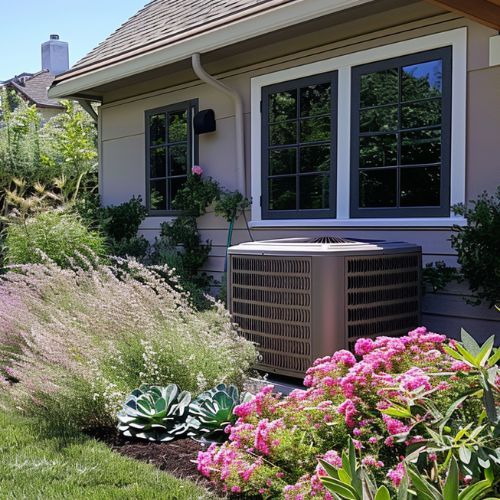
Table of Contents
ToggleTL;DR: A noisy HVAC system can disrupt your home’s tranquility. In California, where comfort and efficiency matter, reducing HVAC noise is crucial. Elevated Comfort offers expert strategies: identify noise sources like blower fans and ductwork, insulate ducts to dampen sound, install noise-reducing barriers like acoustic panels or enclosures, and maintain your system with regular cleaning and repairs. These steps ensure a quieter, more peaceful home environment. Contact Elevated Comfort for tailored solutions to minimize HVAC noise and enhance your living space.
A noisy HVAC system can be a major source of frustration, disrupting your peace and quiet at home. Whether it’s the constant hum of the blower, rattling ductwork, or the clanking of the outdoor unit, these sounds can interfere with your daily life. In California, where energy efficiency and comfort are paramount, finding ways to reduce HVAC noise is essential. Elevated Comfort, a trusted HVAC service provider, offers expert solutions to help you minimize noise and enjoy a quieter, more comfortable home. In this blog, we’ll explore effective strategies to reduce HVAC noise and improve your home’s tranquility.
Identifying the Source of HVAC Noise
The first step in reducing HVAC noise is identifying its source. Different noises can indicate various issues, and pinpointing the exact cause can help you address it more effectively. Common sources of HVAC noise include:
- Blower Fan: A loud blower fan can produce a constant humming or buzzing noise, often due to dirt buildup, worn bearings, or an unbalanced fan.
- Ductwork: Rattling or banging noises in the ductwork can result from loose or uninsulated ducts, as well as thermal expansion and contraction.
- Outdoor Unit: The outdoor condenser unit can generate noise from the compressor or fan motor, often due to wear and tear or lack of maintenance.
- Registers and Grilles: Airflow through registers and grilles can create whistling or whooshing sounds, typically due to high air pressure or obstructed airflow.
By identifying the source of the noise, you can take targeted actions to mitigate it and restore peace to your home.
Insulating Ductwork
One of the most effective ways to reduce HVAC noise is by insulating your ductwork. Proper insulation can dampen the sound of air moving through the ducts and minimize vibrations. Here’s how to do it:
- Use Duct Wrap Insulation: Duct wrap insulation, made from fiberglass or foam, can be wrapped around the ducts to absorb sound and reduce noise transmission. Make sure to cover all accessible ducts, especially those near living spaces.
- Install Acoustic Duct Liners: Acoustic duct liners can be installed inside the ducts to further reduce noise. These liners are made from sound-absorbing materials and are particularly effective in high-noise areas.
- Seal Duct Leaks: Leaks in the ductwork can cause whistling and rattling noises. Use mastic sealant or metal tape to seal any gaps or leaks, ensuring a tight and quiet system.
Elevated Comfort can help you assess your ductwork and recommend the best insulation solutions to reduce noise and improve overall HVAC efficiency.
Installing Noise-Reducing Barriers
Installing noise-reducing barriers is another effective strategy for minimizing HVAC noise. These barriers can block and absorb sound, making your home quieter and more comfortable. Here are some options:
- Acoustic Panels: Acoustic panels can be installed on walls and ceilings near noisy HVAC components to absorb sound and reduce noise levels. These panels are available in various sizes and designs to match your home’s décor.
- Soundproofing Curtains: Heavy, soundproofing curtains can be hung over windows and doors to block external noise from the outdoor unit. These curtains can also help improve energy efficiency by providing additional insulation.
- Soundproofing Enclosures: For outdoor units, consider installing a soundproofing enclosure or fence to block and absorb noise. Ensure the enclosure has adequate ventilation to maintain proper airflow and prevent overheating.
Elevated Comfort can assist you in selecting and installing noise-reducing barriers that effectively address your specific noise concerns.
Regular Maintenance and Repairs
Regular maintenance and timely repairs are crucial for keeping your HVAC system running quietly and efficiently. Here’s how regular upkeep can help reduce noise:
- Clean and Lubricate Components: Dust and debris can cause components like the blower fan and motor to become noisy. Regular cleaning and lubrication can keep these parts running smoothly and quietly.
- Replace Worn or Damaged Parts: Over time, components can wear out and become noisy. Replacing worn bearings, belts, and other parts can significantly reduce noise levels.
- Tighten Loose Parts: Vibrations from loose parts can create rattling and banging noises. Regularly inspect and tighten any loose screws, bolts, and connections.
- Check for Obstructions: Ensure that registers, grilles, and vents are free from obstructions that can create airflow noise. Clear any debris or blockages to maintain smooth airflow.
Elevated Comfort offers comprehensive maintenance services to keep your HVAC system in top condition, reducing noise and improving performance.
Final Thoughts
Reducing HVAC noise in your California home is essential for maintaining a peaceful and comfortable living environment. By identifying the source of the noise, insulating ductwork, installing noise-reducing barriers, and performing regular maintenance and repairs, you can effectively minimize HVAC noise. Elevated Comfort is here to help you achieve a quieter home with expert solutions and professional services tailored to your needs. Contact Elevated Comfort today to schedule a consultation and take the first step toward a more serene and comfortable home.
